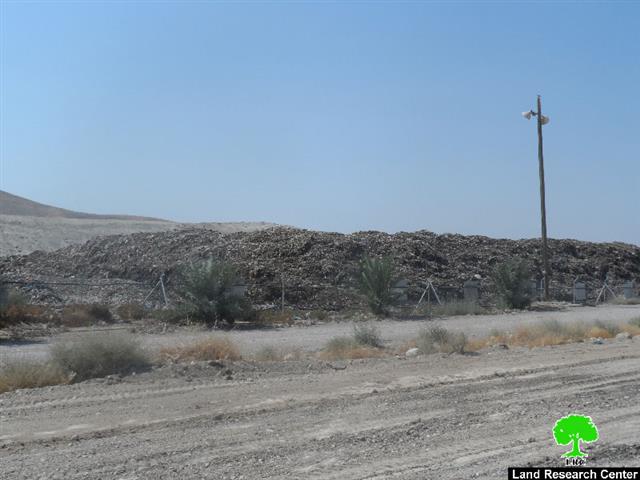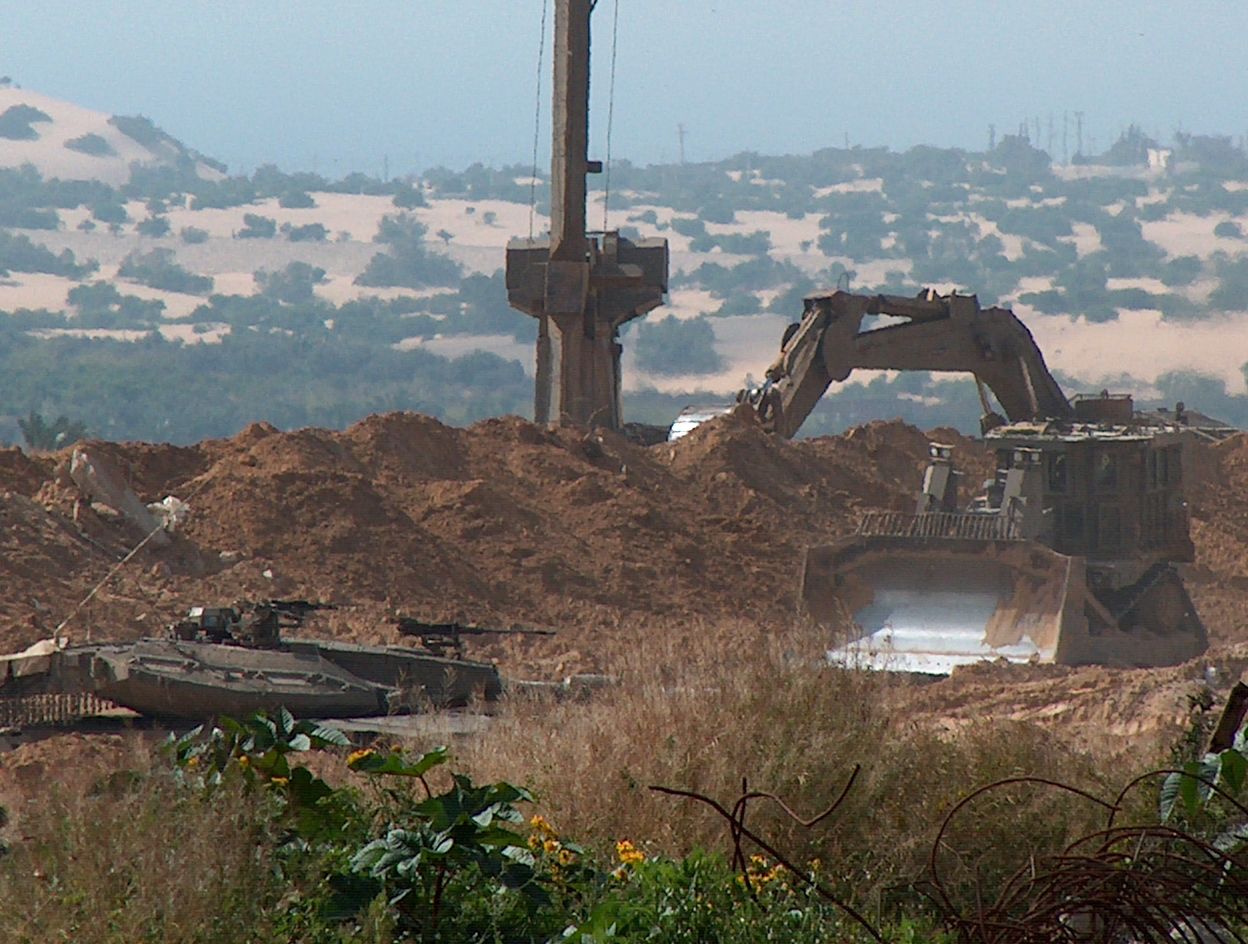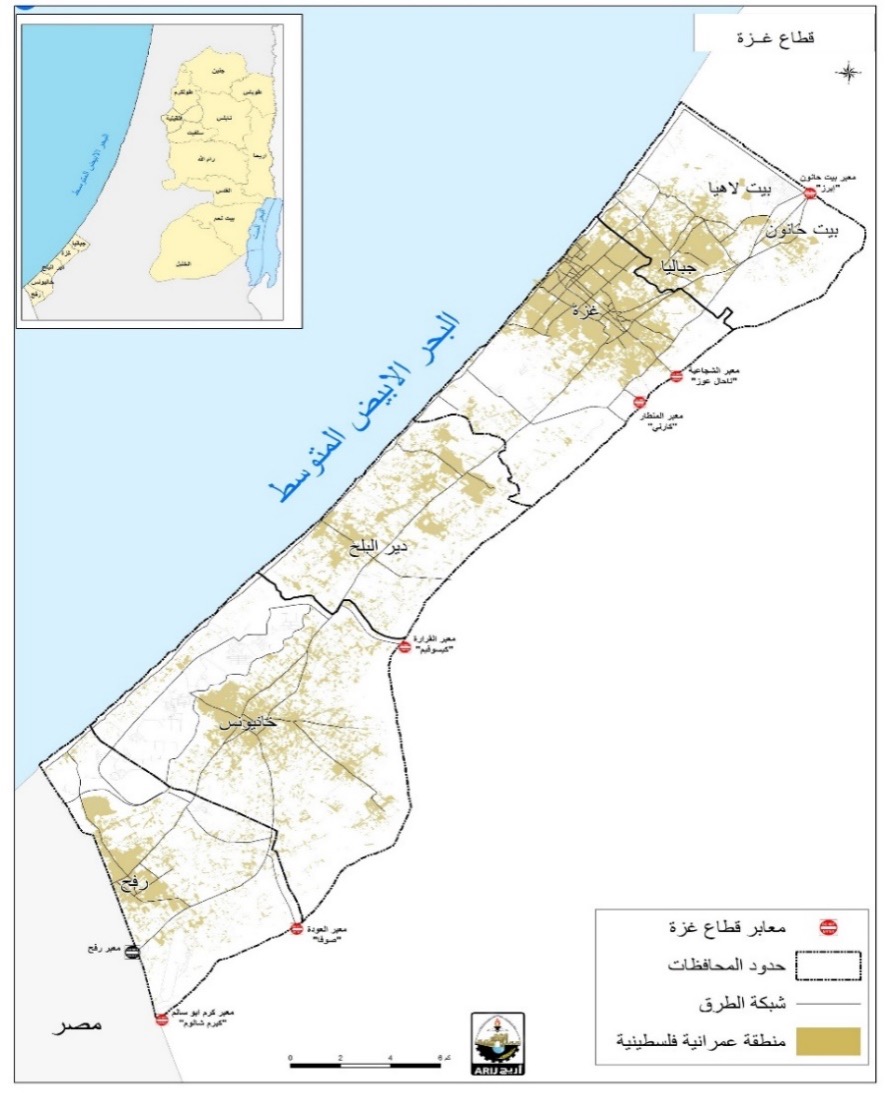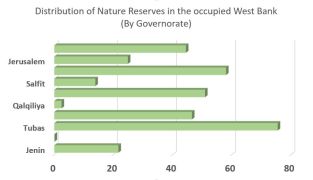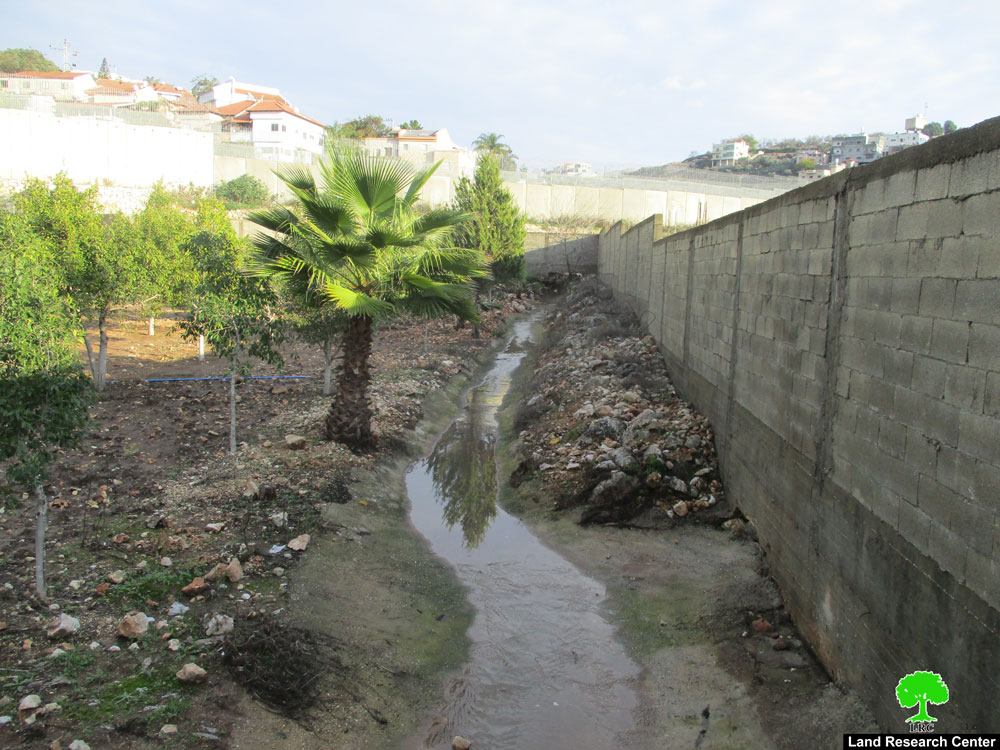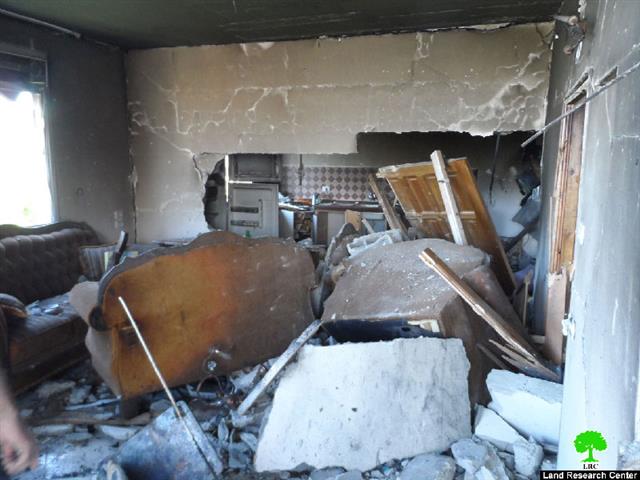Violation: Dumping waste in the occupied Jordan Valley and polluting Palestine
Location: The Jordan Valley
Perpetrators: The Israeli occupation army
Victims: Residents of the Valley
Details:
At the heart of the Jordan Valley, a place known for its beautiful scenery, abundant bounties and Palestinian character, the Israeli occupation has been trying to distort environment by dumping its waste. Since the 1967, Israel has in its agenda the necessity of taking the Jordan Valley over. It has tried many means to reach that goal including displacing the indigenous population and destroying the agricultural and environmental sectors of the area.
Undoubtedly, Israeli dumpsites are efficient tools in destroying the Palestinian agriculture and in getting rid of waste that could pose dangers on the environmental surroundings of the colonies otherwise.
Special focus is given to a landfill site located four kilometers to the east of al-Jiftlik village and three kilometers away from Massuah colony, north of the West Bank city of Jericho. The site is among the largest, not only in the Valley but in the West Bank at large.
About the landfill site:
The landfill site is located in the northern part of the Jordan Valley, edging the Palestinian-Jordanian borders. The site was built in 1981 on Palestinian-owned piece of land, stolen for "security purposes", according to information provided by Mrs. Ameena az-Zamour, head of the Environment Department in Jericho Governorate. The area of the dumpsite is about 150 dunums where trucks enter to unload 200 tones of rubbish on a daily basis. The waste comes from different colonies within the Jordan Valley and some colonies within the Green Line. It should be marked that the waste transferred to the landfill consists of municipal solid waste, construction waste, sterilized medical waste, electronic waste, minerals and organic substances, making them hazardous.
Destroying environment at Large:
LRC research staff, despite dangers and obstacles, has managed to visit the dumpsite where they examined the location and surrounding area. Gases and bad smells were emitted from the fermented waste. Even the nearby trees were affected by the waste as the latter poses serious dangers on the environmental diversity and vegetation in the region.
Pictures 1-4: the landfill site
About the grave ramifications of the landfill site, az-Zamour stated to an LRC field researcher the following, summarized in points:
- The landfill site is built on the eastern basin of Palestine. When we talk about collecting rubbish and dumping it in land for over 20 years, it is but normal to expect that the soil and groundwater sources have become highly polluted.
- The agricultural lands and vegetation are significantly harmed by the pollutants as the extraction of waste contains chemical materials fatally harmful to the soil composition and vegetation.
- Methane gas (CH4) emitted from fermented waste is air polluting.
- Unbearable smells emitted from the site damage the situation of health and environment in the area.
Israel's carelessness about Palestinians' lives:
Despite the deadly effects of such landfill sites, the Israeli occupation does not take that into consideration. It only continues with dumping waste, destroying the Palestinian environment, and causing chronic diseases to Palestinians. Israel does not care about the consequences and ignores international conventions.
Though under international law, Israel is prohibited from using occupied land for the sole benefit of its own civilian population. In Resolution 63/201 of 28 January 2009, the UN General Assembly explicitly addressed the issue. It called : upon Israel, the occupying Power, to cease the dumping of all kinds of waste materials in the Occupied Palestinian Territory, including East Jerusalem, and in the occupied Syrian Golan, which gravely threaten their natural resources, namely water and land resources, and pose an environmental hazard and health threat to the civilian populations.
Prepared by
The Land Research Center
LRC


